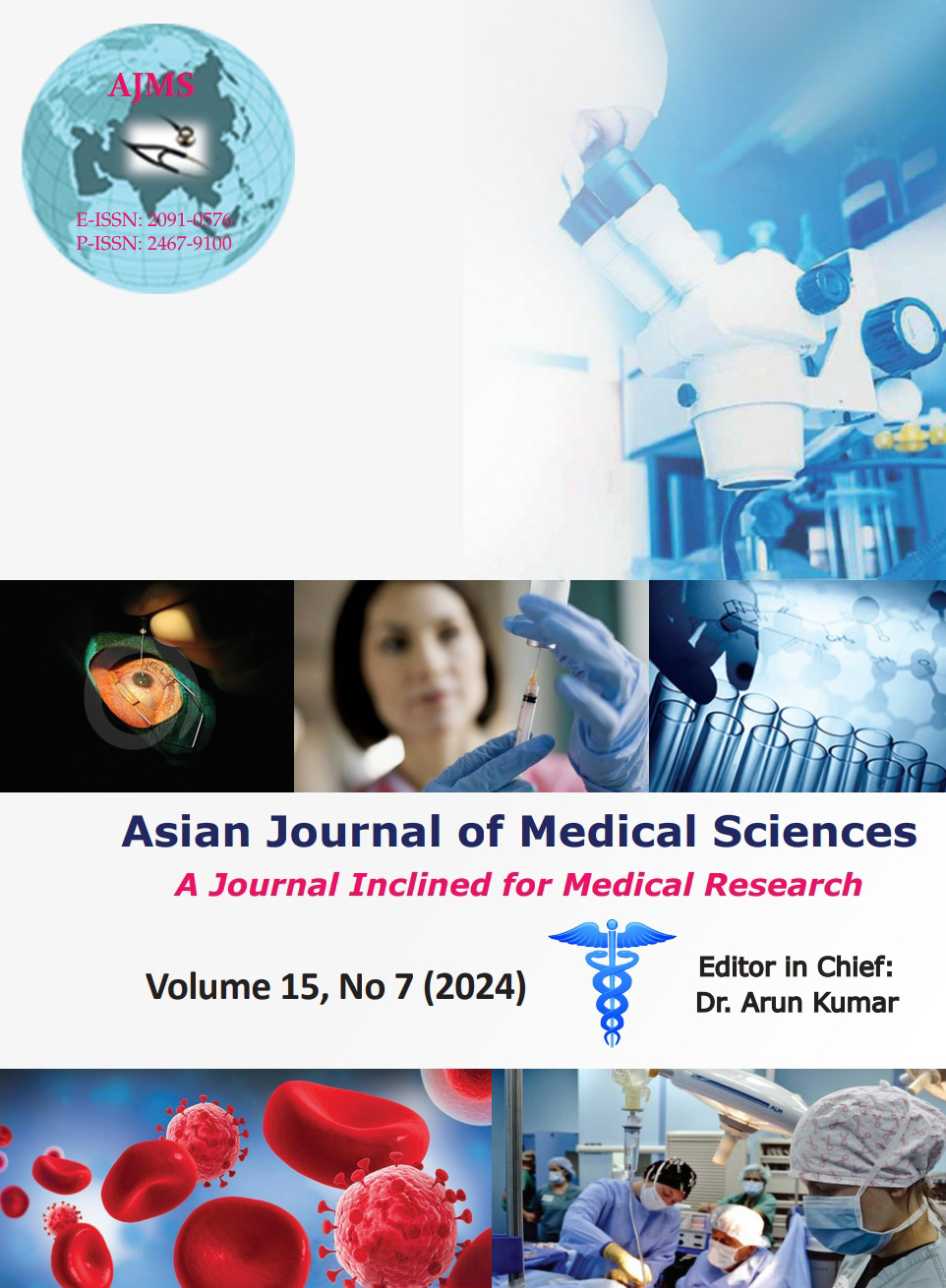Evaluating the effectiveness and safety of empagliflozin versus liraglutide in managing diabetic dyslipidemia: An observational study
Keywords:
Diabetic dyslipidemia; Empagliflozin; Liraglutide; Effectiveness; Safety; Observational study; Cardiovascular riskAbstract
Background: Diabetic dyslipidemia poses a significant risk factor for cardiovascular complications in patients with diabetes mellitus. Empagliflozin and liraglutide are two commonly used medications in diabetes management, yet their comparative efficacy and safety in treating diabetic dyslipidemia remain under-explored.
Aims and Objectives: This study aimed to assess the effectiveness and safety of Empagliflozin versus liraglutide in managing diabetic dyslipidemia.
Materials and Methods: The study enrolled 100 participants with diabetes and dyslipidemia, divided equally into empagliflozin and liraglutide treatment groups. Baseline characteristics, including age, gender distribution, ethnicity, and duration of diabetes, were assessed and compared between the groups. Lipid profiles, encompassing total cholesterol, low-density lipoprotein (LDL) cholesterol, high-density lipoprotein (HDL) cholesterol, and triglycerides, were evaluated at baseline and after 6 months of treatment. Safety outcomes, such as the occurrence of mild gastrointestinal symptoms, hypoglycemia, and serious adverse events, were also monitored.
Results: Both treatment groups exhibited comparable baseline characteristics. Following 6 months of treatment, both empagliflozin and liraglutide demonstrated significant improvements in lipid profiles. Reductions in total cholesterol, LDL cholesterol, and triglycerides, along with increases in HDL cholesterol, were observed in both groups. Moreover, there were no significant differences in the occurrence of adverse events between the two treatment groups, indicating similar safety profiles.
Conclusion: This study provides evidence supporting the effectiveness and safety of empagliflozin and liraglutide in managing diabetic dyslipidemia. These findings highlight the potential of both medications as viable therapeutic options for patients with diabetes and dyslipidemia.
Downloads
Downloads
Published
How to Cite
Issue
Section
License
Copyright (c) 2024 Asian Journal of Medical Sciences

This work is licensed under a Creative Commons Attribution-NonCommercial 4.0 International License.
Authors who publish with this journal agree to the following terms:
- The journal holds copyright and publishes the work under a Creative Commons CC-BY-NC license that permits use, distribution and reprduction in any medium, provided the original work is properly cited and is not used for commercial purposes. The journal should be recognised as the original publisher of this work.
- Authors are able to enter into separate, additional contractual arrangements for the non-exclusive distribution of the journal's published version of the work (e.g., post it to an institutional repository or publish it in a book), with an acknowledgement of its initial publication in this journal.
- Authors are permitted and encouraged to post their work online (e.g., in institutional repositories or on their website) prior to and during the submission process, as it can lead to productive exchanges, as well as earlier and greater citation of published work (See The Effect of Open Access).




